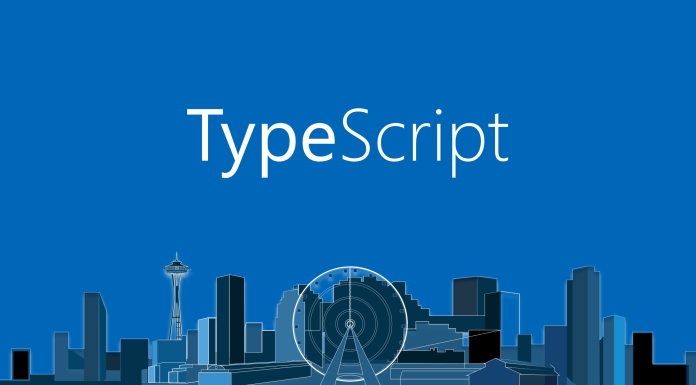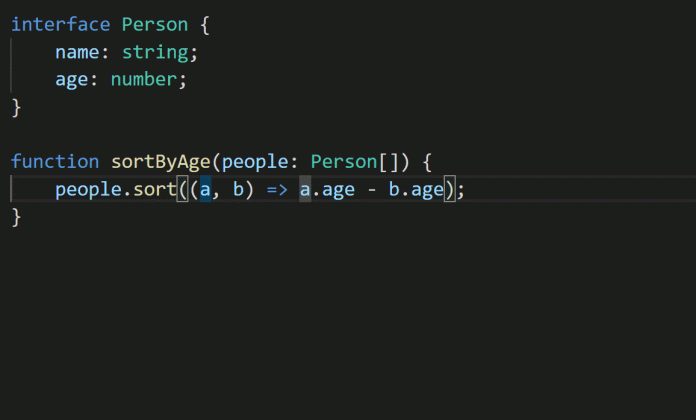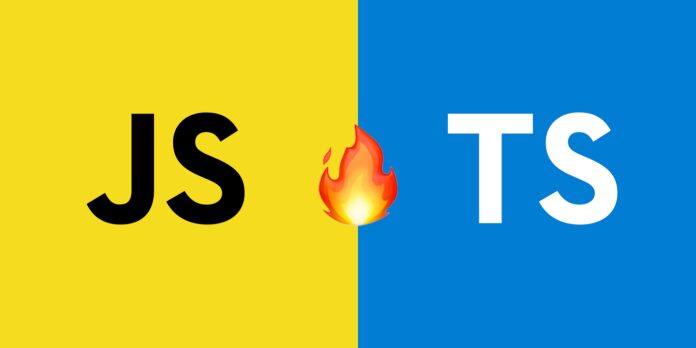
Table of Contents
If you’ve worked on a web development project as a developer, you should be familiar with JavaScript. JavaScript has been around for a long time and has grown in popularity among programmers. However, as we all know, when one technology or language becomes popular, another enters the market and competes with it.
With TypeScript’s growing popularity, we can consider it an upgraded version of JavaScript with more functionality. We’ll compare TypeScript with JavaScript in this article.
What is JavaScript?

The most widely used programming language on the planet is JavaScript (JS). It is a high-level programming language that aids in the development of interactive and dynamic web sites. JavaScript is a key component of online applications, alongside HTML and CSS.
Due to the creation and success of Node.js, JavaScript began to gain traction as a server-side technology. Nonetheless, dealing with large and complicated applications with JavaScript is difficult since the code becomes more difficult to maintain and reuse as it expands. As a result, despite its advantages, JavaScript on the server (backend) made things messier and more difficult to manage. Microsoft released TypeScript to help with this problem.
What is TypeScript?

Although JavaScript can handle hundreds of lines of code, it was not designed to handle large and complicated applications. As a result, TypeScript (TS) is a superset of JavaScript and serves the same goal. However, because it is tightly typed and includes compile-time error controls, it was designed to handle and develop larger programmes.
Static typing, classes, and an interface are available in TypeScript. Adopting Typescript for a large JavaScript project can result in more robust software that can be readily deployed alongside a standard JavaScript application.
Basic Differences Between JavaScript and TypeScript
-
Learning Way
JavaScript is a widely-used programming language that is simple to pick up and use. JavaScript is used by many web app developers in conjunction with HTML and CSS. Because it contains programming, event handling, interactive web page behaviour, and animations, it is not as simple as HTML.
The superset of JavaScript is TypeScript. If you wish to use TypeScript, you’ll need some basic JavaScript understanding. Aside from that, as an object-oriented programming language, you’ll need to know a few OOPS fundamentals.
-
Tools
JavaScript is widely used in web development, and there are numerous JavaScript frameworks to choose from. It’s a huge ecosystem with a lot of developers.
Leading frameworks and editors use TypeScript since it is backed by Microsoft and the community. Through strong integration with editors, it allows error handling at compile time to prevent errors during runtime.
A detailed comparison of TypeScript and JavaScript features you can find here.
What Do TypeScript’s Advantages Entail?

-
Error Detection in a Shorter Timeframe
TypeScript allows you to see errors and warnings while coding in your IDE or development environment. Detecting and repairing issues earlier save you time, but it will also prevent runtime failures. One of the most important advantages of utilising TypeScript in your code is that it reduces the amount of code you have to write.
-
Static Typing
A dynamically typed language is JavaScript. Until runtime, developers will be unable to detect issues caused by type discrepancies. Optional static typing, which means that once a variable is declared, it can only take particular values and cannot change its type, gives TypeScript the edge. While you code, the compiler notifies you of any type-related problems.
-
Flexibility
Because TypeScript is based on JavaScript, it can run in any environment that supports JavaScript. It does not necessitate a special runtime environment or virtual machine. It works with all browsers, operating systems, and mobile devices. It is a programming language that is adaptable, scalable, and efficient.
-
Simple To Get Started With
It’s quite simple to get started with TypeScript if you wish to utilise it. Or perhaps you’ve been working on a JavaScript-based application for some time. Because TS compiles.js files, you can add them to your existing project in stages. There’s no need to change your entire programme.
-
Support for the IDE
Editors and integrated development environments (IDEs) benefit greatly from knowing about types. They can provide capabilities like autocompletion and code navigation, as well as precise suggestions. You get feedback while typing as well: As soon as an error occurs, the editor flags it, including type-related problems. All of this aids in the creation of maintainable code and leads to a huge increase in productivity.
-
Readability
You can tell the developer’s design purpose when the code was first created because of the addition of strict types and other self-expressive characteristics. This is especially important when working on a project with multiple teams from different locations. As a result, a self-contained codebase could be able to compensate for the lack of direct communication between team members.
Is It Easier To Learn TypeScript Than JavaScript?

While it’s difficult to dispute that TypeScript isn’t easier to use than plain JavaScript, most of what makes it so is due to first-class JavaScript understanding. If you’re a seasoned developer who’s already worked with JS, you’ll have no trouble learning TypeScript.
Moreover, while learning another language, most developers take as much time as is needed. Bouncing into TypeScript will not be excessively challenging for somebody who comprehends concepts like variable scoping and loops.
Learning multiple programming languages at once can be complicated, so think about whether you want to learn both JavaScript and TypeScript. If you decide to go forward with it, there are a plethora of online lessons accessible to assist clear up some of the ambiguity; make sure you select high-quality courses that completely explain each idea before going on to the next.
If you’re already familiar with JavaScript, TypeScript shouldn’t be too difficult to learn.
Conclusion
Although JavaScript is not a complete coding language, it is used in conjunction with HTML to improve the quality of online pages. In addition, JavaScript is used by thousands of expert developers.
Developers that wish to write clean, elegant, compact, and readable code should choose TypeScript. Not to mention TypeScript’s live error checking and static typing benefits.
















